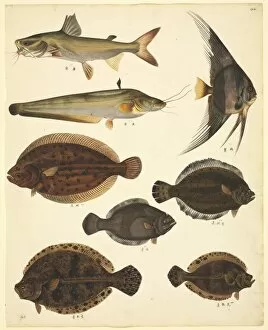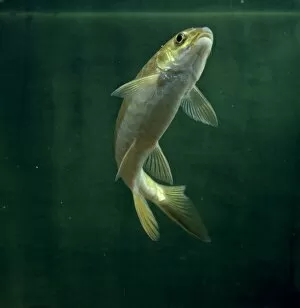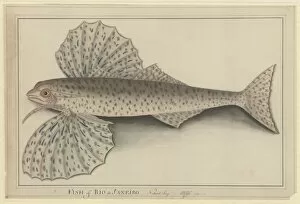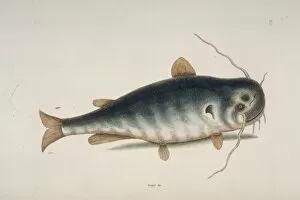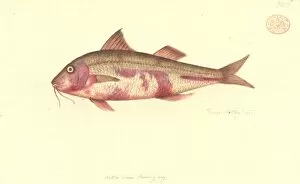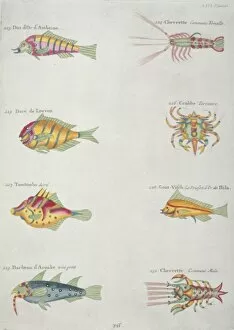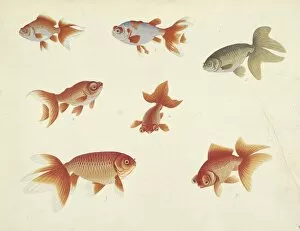Cypriniform Collection
"Exploring the Diverse World of Cypriniform
All Professionally Made to Order for Quick Shipping
"Exploring the Diverse World of Cypriniform: Unveiling Nature's Aquatic Masterpieces" Plate 130 from the John Reeves Collection takes us on a captivating journey into the realm of cypriniform, showcasing two remarkable species - Cyprinus hybiscoides, commonly known as the common carp, and Cyprinus auratus, famously recognized as goldfish. This colourful illustration depicts three fish that exemplify nature's artistic brilliance. Delving deeper into this fascinating group, we encounter Paedocypris progenetica in both male and female forms. These tiny creatures captivate our attention with their delicate features and intricate patterns. Their presence highlights the incredible diversity found within cypriniform. The John Reeves Collection further enthralls us with LS Plate 116, LS Plate 139, Plate 134, and Plate 129. Each plate offers a unique glimpse into various members of this extraordinary family. From vibrant hues to mesmerizing scales, these illustrations showcase the breathtaking beauty that exists beneath the water's surface. Amongst these captivating images lies Carassius auratus or carassin – another stunning addition to cypriniform's repertoire. Its elegance is unparalleled as it gracefully glides through its aquatic habitat. As we immerse ourselves in this collection curated by John Reeves himself, we are reminded of nature's boundless creativity and its ability to produce such awe-inspiring creatures. The world reveals an array of colors, shapes, sizes, and behaviors that continue to astonish scientists and enthusiasts alike. So let us marvel at these masterpieces captured within each plate from the John Reeves Collection – a testament to Earth's rich biodiversity and an invitation for all to appreciate the wonders hidden beneath tranquil waters.






